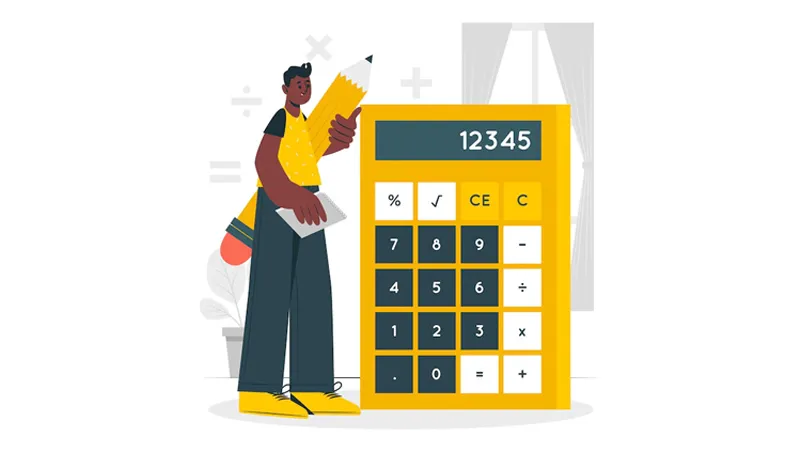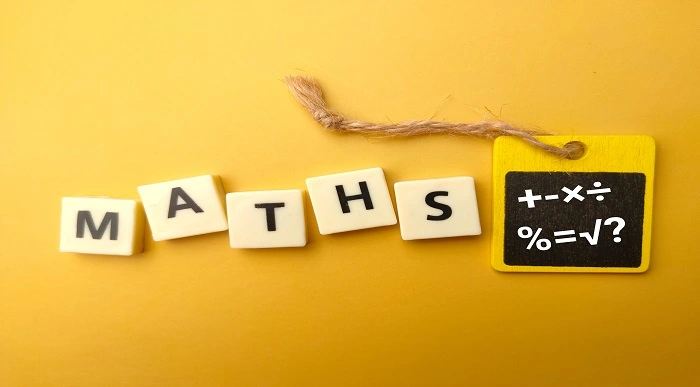Mathematical
What is an Identity in Math – Example of Identity in Math
What is an identity in maths? In mathematics, an identity is an equation that is always true regardless of the value we insert there. 2 x + 3 x = 5 x is an identity because 2 x + 3 x will always remain equal irrespective of the value. We can express identities with the sign. Therefore, the above might be written as 2 x + 3 x ≡ 5 x.
The concept of identity has many important uses in mathematics. Further, in this article, you will learn the identity maths definition, an example of identity in maths, corbettmaths solving equations and many more.
Keep reading!
Table of Content
Definition of Identity in Maths
In terms of mathematics, we are often confused as to what is an identity in math?
A mathematical identity is defined by Wikipedia as the equality of one expression A to another expression B when A and B give the same result for all possible values of the variables within a given range of validity.
For example, a/2 = a 0.5 holds true regardless of the value selected for “a.”
 Are you looking for a Functional Skills Maths and English Course?
Are you looking for a Functional Skills Maths and English Course?
Common Identities in Maths
Now, we will thoroughly explain the key part of our topic, “What is an identity in Maths?”. We have listed some of the most common identities in mathematics.
Algebraic
It refers to a small number of identities, such as display styles a+0=a and a+(-a)=0, while additional identities, like (a+b)2=a2+2ab+b2 and a2 – b2=(a+b)(a-b), can be helpful in simplifying algebraic formulas.
The algebraic identities chart highlights the identity’s development through remarkable geometric representation.
Trigonometric
These identities are identities that include certain functions of one or more angles.
They differ from triangle identities, which are identities that involve both a triangle’s angles and side lengths.
The equation sin2 θ + cos2 θ = 1 is one of the most well-known examples of a trigonometric identity, which applies to all actual values of θ.

Functional Skills Maths Level 2
- Accredited Courses
- Tutor Support Included
- 3 Installment Plan at checkout
- 14 Days Money Back Guarantee
Exponential
If the base is not zero, the following identities apply to all integer exponents:
bm+n=bm.bn
(bm)n=bm.n
(b.c)n=bn.cn
It is not commutative, in opposed to addition and multiplication. For example, 2 + 3 = 3 + 2 = 5 and 2 • 3 = 3 • 2 = 6, but 23 = 8 and 32 = 9 respectively.
Logarithmic
We know several essential equations as logarithmic identities or log laws.
The logarithm of the product is the sum of the logarithms of the numbers. The difference between the logarithms creates the logarithm of the ratio of two numbers.
Hyperbolic
Many identities that are similar in form to the trigonometric identities are satisfied by the hyperbolic functions.
Any trigonometric identity can be changed into a hyperbolic identity by completely increasing it in terms of integer powers of sines and cosines, according to Osborn’s rule.
Changing sine to sinh and cosine to cosh, and changing the sign of every term that contains a product of an even number of hyperbolic sines.
Visit our other blog, “What does Factorising Mean in Maths – Example of Factorising Mean.”
Top Courses of this Category
Common Problems and Solutions
The following information will help you solve common mathematical problems.
- Solving linear equations corbettmaths
Identify each of the following as an equation or an identity: - 5x+10=3x+8
- 5x+10=5(x+2)
- 5x+10=5x+2
Solution:
- We can not adjust the equation to the left of the equals sign to create the equation to the right, proving that this is an equation. x=1 is the answer to the equation.
- This is an identity because the expression is the same when the bracket to the right of the identity sign is extended as it is to the left.
- Because the expression to the left of the equals sign cannot be changed to get the equation to the right, this is an equation.
No matter what value of x is used in the equation, the expression on the left will never equal the expression on the right, showing that the equation has no solution.
No matter what value of x is used in the equation, the expression on the left will never equal the expression on the right, showing that the equation has no solution.
Forming and solving equations corbettmaths
The diagram illustrates a rectangle. We use centimetres to measure the sides.
- Describe why 5x + 3 = 3x + 9
Solution: A rectangle’s opposite sides are equal in length, so 5x+3 = 3x+9
Besides, you can check out our other blog, “How to become better at Math“, to learn some tips and tricks to become better at math so that you’ll have a frame of reference to start working on your math skills.
FAQ
What is an example of identity in algebra?
The identity (x + y)2=x2+2xy+y2 for example, remains true for all values of x and y.
What is an identity in an algebra equation?
An identity equation is one that holds compared to the value entered for the variable.
How do you tell if an expression is an identity?
The quickest way to tell if an equation is identity is to graph the difference between its two sides.
How do you know if an equation is not an identity?
If the two expressions differ at any one input, the equation cannot be an identity.
Because an identity must ensure equality for each possible value of the variable.
What is a symbol of identity?
The identity symbol is (≡).
What is the identity of a B3?
(a – b)3 = a3 – 3a2b + 3ab2 – b3 = a3 – b3 – 3ab(a – b)
What Does It Take to Be a Mathematician?
Your time may vary depending on the academic route you choose; getting an advanced mathematics degree can take 6–8 years.
What is the meaning of identity property?
The sum of 0 and any number is that number, according to the identity property of addition. For instance, 0 + 4 equals 4 and 0 + 4 equals 40.
Is the equation an identity?
An identity is an equation, despite of the values used, which is always true.
What does the word “multiplicative identity” mean in math?
An element in a particular system leaves any element by which it is multiplied unchanged. An example of an identity element is 1 in the group of real numbers without a 0.
Conclusion
A person who has a positive sense of identity in mathematics finds the subject interesting.
Understanding identity in math is crucial because it helps us answer various questions more quickly. It makes the calculation easier.
I really hope this article has improved your understanding of what is an identity in math.
What to Read Next:
- What is the difference between Maths and Further Maths? Details Explain
- What Does Maths Stand for? Everything You Need to Know [MATHS]
- What is an Outlier Defined as A Level Maths?
- What is a Sum Maths – Importance and Use of Sum Maths
- What does Factorising Mean in Maths – Example of Factorising Mean
- How to Get A and A* in Maths A Level – The Ultimate Guide
- What Does a Mathematician do – Working Areas and Responsibilities









